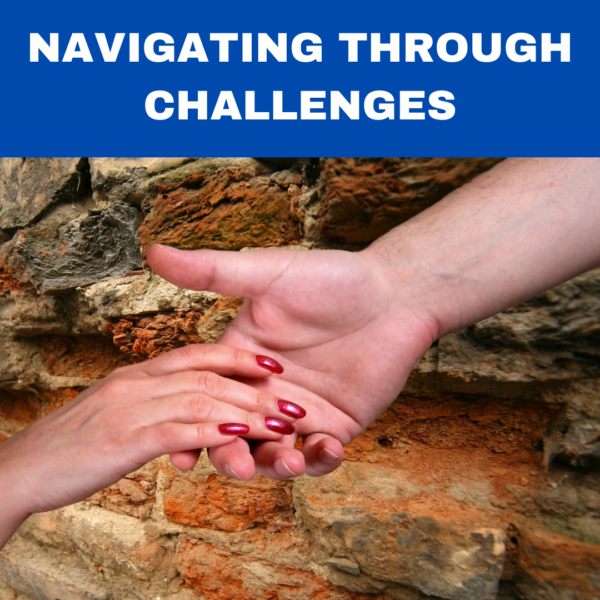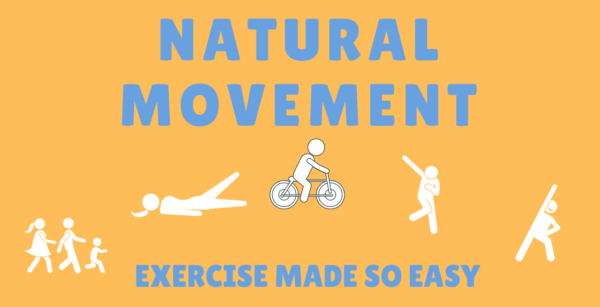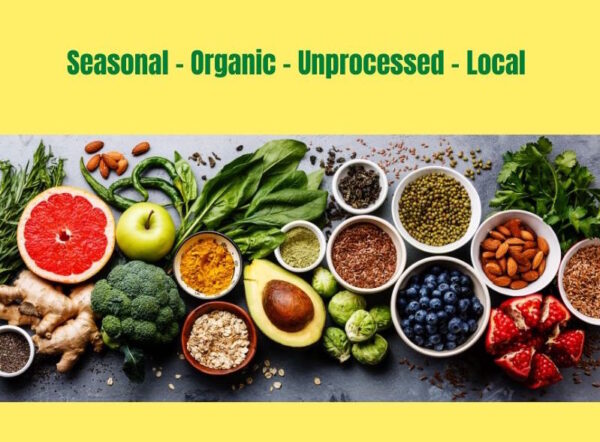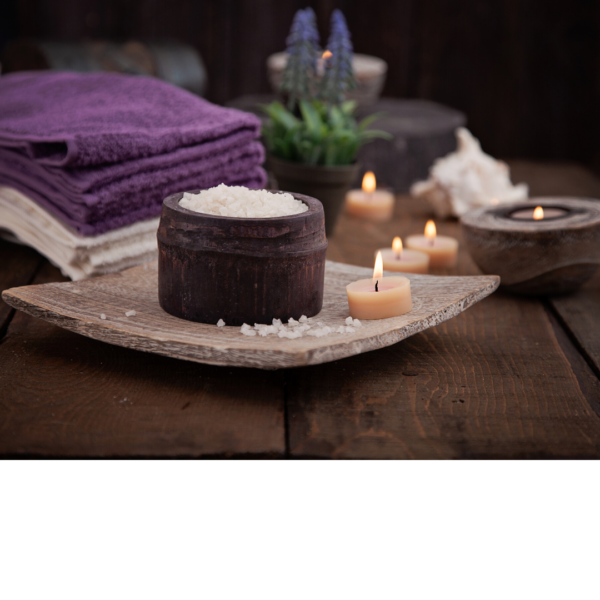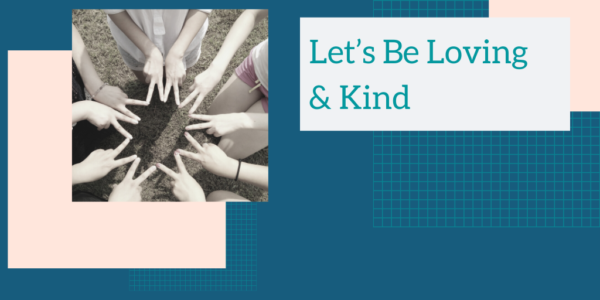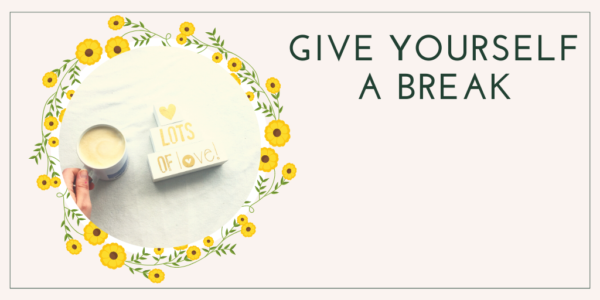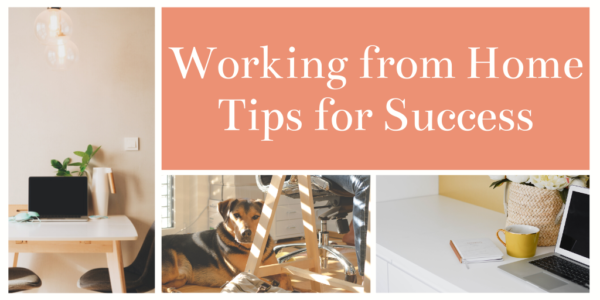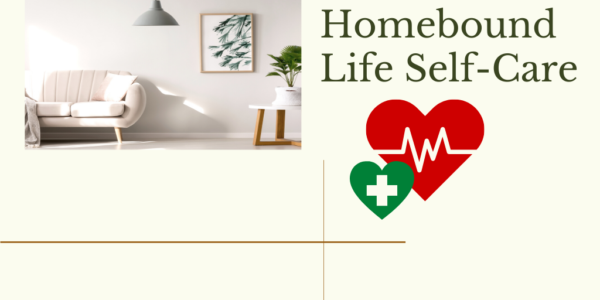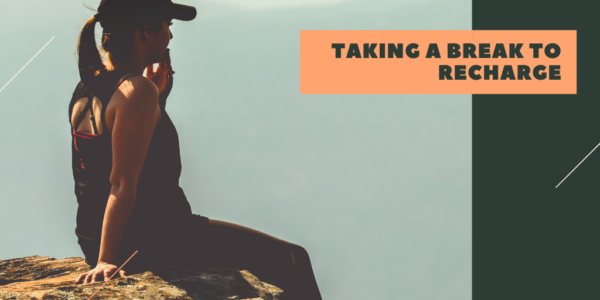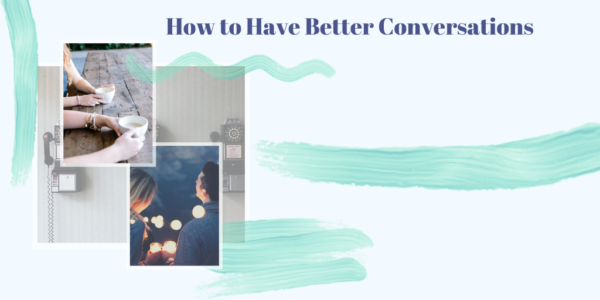If one thing is certain, it’s that we all face challenges from time to time. The challenges themselves come in all shapes and sizes and are oftentimes unexpected. It’s important to recognize that challenges are simply a part of growth, and are not inherently bad or something to fear. That’s how navigating through challenges works best.
When we are met with challenges that feel overwhelming, difficult, or even impossible, we must ground ourselves with confidence in our ability to face these passing circumstances. We can do this by examining how we relate to our challenges, and from here see this mental shift come to life.
Changing Our Direction
Consider for a moment what your last major challenge was? How did you handle it? What kind of thoughts streamlined through your mind? How did your body feel as you navigated? These are all relevant and revealing questions to consider when remodeling our relationship with difficulty.
From a young age many of us have been conditioned to avoid, shutdown, or adversely react in the presence of a challenge. Though this is understandable, it is not sustainable. There are only so many times we can go around a problem before having to directly face what’s in front of us. We must be willing to meet our challenges as they come, and approach our difficulties with a level of steadiness. This way we can move through them feeling much more capable and confident in making the decisions that follow.
Strengthening Self-Trust
At the heart of building this confidence is strengthening self-trust.
By deepening trust in ourselves clear discernment becomes more readily available, and all decisions can stem from this place of inner knowing. Self-trust helps clear out the excess noise of doubt, second guessing, and confusion – and remedies the need to outsource a second, third, or fourth opinion from others. Because ultimately the decisions we face are up to us and no one else.
Part of feeling confident in our decisions requires fully accepting the possibility of disappointing others. The habit of people-pleasing can be a tough one to shake, but oftentimes we let our better judgment down by prioritizing someone else’s. This can feel destabilizing to our confidence and result in more harm than good. By staying grounded in who we are, and honoring our personal truth, we can navigate through any scenario without it having to be overwhelming.
Shifting Worry Into Wonder
The most effective way to meet our challenges is with an attitude of openness and curiosity. By shifting our worry into wonder we go from thinking “oh no” to “what if”, and this is a mindset that allows for us to turn adversity into opportunity. Instead of stressing about the outcome we can shift our focus to what’s directly in front of us, and regain our power through our chosen actions.

By Melissa Aparicio, contributing author
We invite you to discover inspiring and effective ways to care for yourself and to serve others. Now more than ever, caring is what we all need most. Caring for our self. Caring for others around us. Life now demands caring, resilience and compassion like never before. So, become a Custodian of the Caring Movement and help create the world we need right now, the world we want for our future generations.
UCA resources available to help include the Turbulent Times Resources Center, radio show, publications and online store offering members huge discounts and always free shipping.

